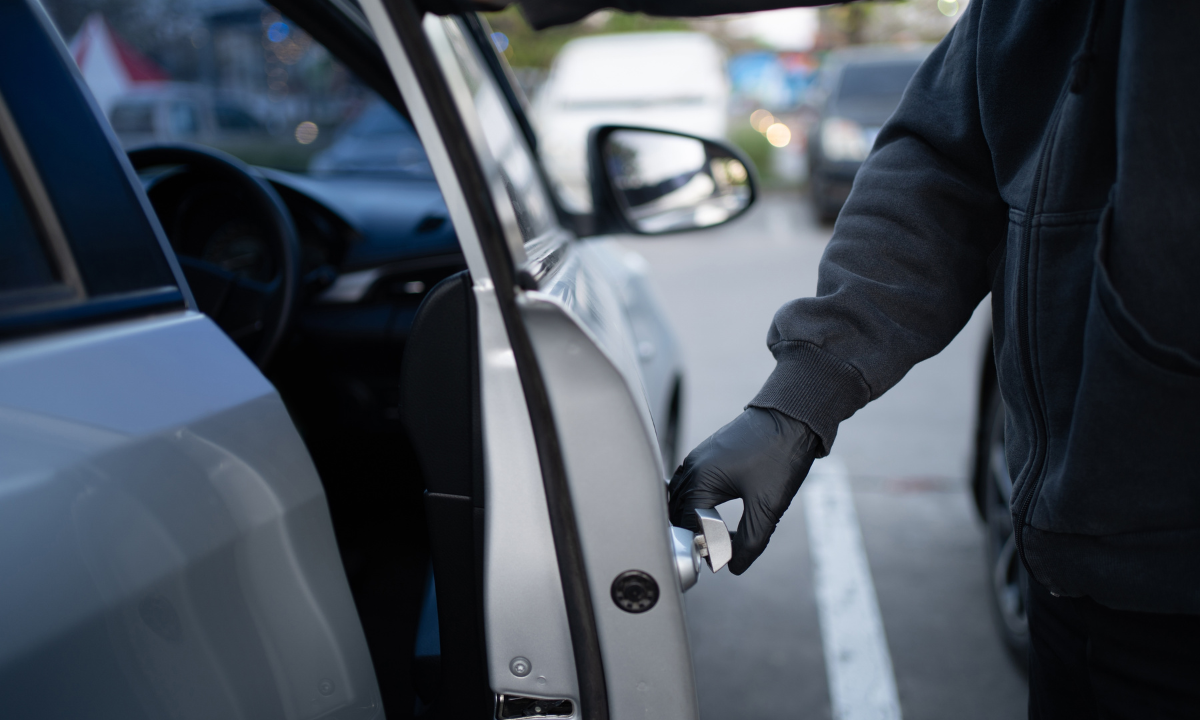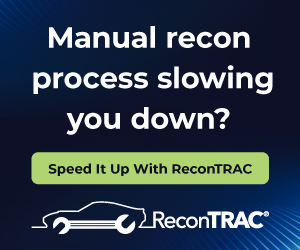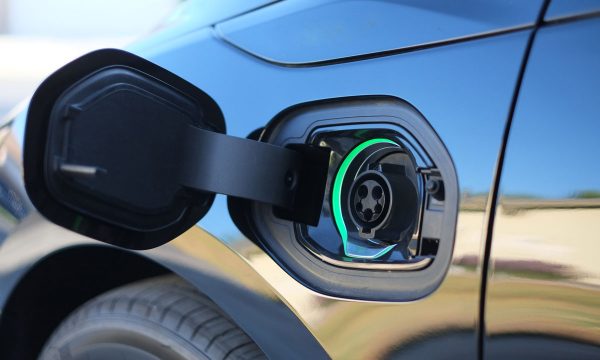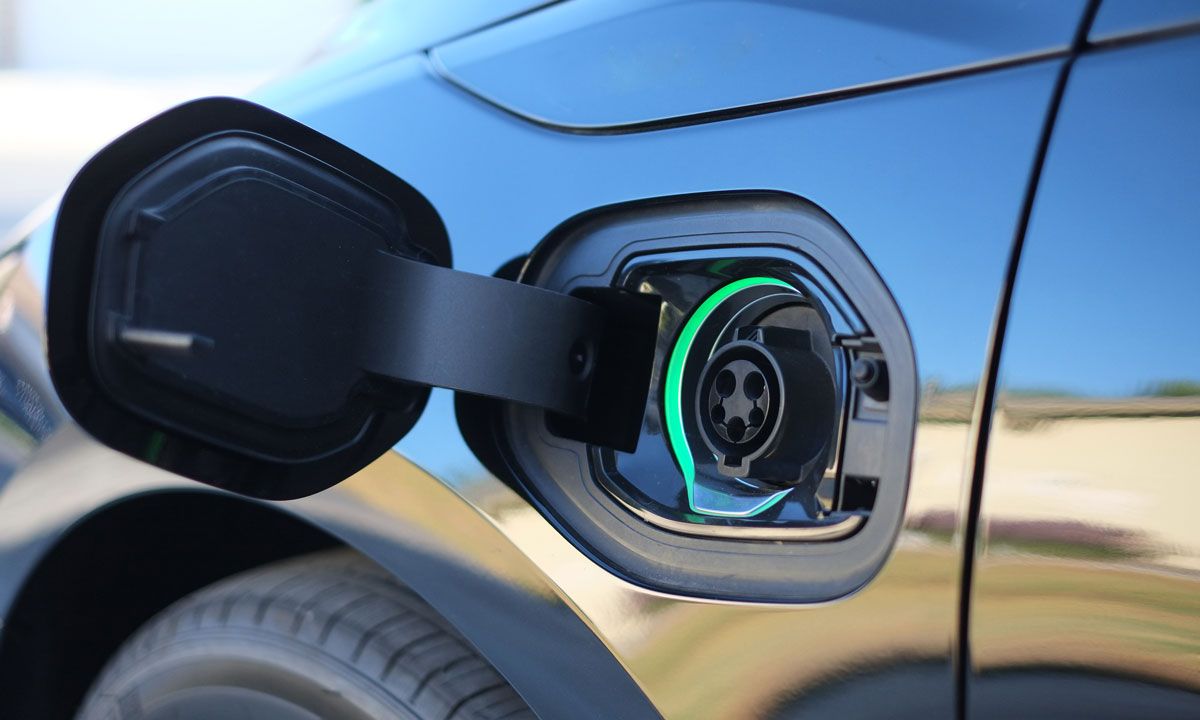There was a lot of talk at Ottawa’s national summit but now it’s time for action
There are two answers to the question raised in the headline of this article.
The first answer is “yes”, because after a lot of prodding from the industry, insurers, their constituents and the Opposition fuelling the debate in the House of Commons, the federal Liberal government finally brought all of the parties that have a piece in the auto theft problem to the table in Ottawa on February 8th at a National Summit on Combatting Auto Theft.
This had been something that Global Automakers of Canada had been advocating for almost two years, because while other parties — law enforcement, the government of Ontario, other automotive industry associations and insurers had been collaborating on information sharing and — in the case of Ontario investing money in eradicating auto theft — the federal government was the missing piece of the puzzle for a true dialogue on solutions to take place.
The federal government was not only the missing piece of the puzzle but the largest piece of the puzzle as well because the porous Port of Montreal is a port authority under the jurisdiction of Transport Canada and the Canada Border Services Agency, which is responsible for knowing what is on each shipment heading into and out of Canada’s ports and doing something about it if stolen or illegal goods are being imported and exported is under the authority of the Minister of Public Safety.
The other answer to the question raised in the headline is “no”, because a day of talking (without many questions being asked — except by the media at the Ministerial press conference) isn’t going to do anything about solving the problem. What’s really needed is action right now.
In that vein, there were a number of common points raised by those around the table that did speak to near, medium, and longer-term actions that will no doubt form the basis of an Action Plan on Auto Theft, which is intended to be rolled out in a few weeks from now.
The fact that the Prime Minister kicked off the Summit is a clear indication that this issue is now a priority for the Liberal Government and given the profile of this issue over the last number of months, it is some that will need to deliver some quick wins for the Liberals.
It is no coincidence that a week prior to the Summit, the federal Public Safety Minister LeBlanc and Ontario Premier, Doug Ford joined together to announce a federal commitment of $121 million to address drugs, gangs, and organized crime — including auto theft.
This was followed by a further $28 million a day before the summit to assist in providing additional resources to the Canada Border Services Agency to invest in technology and information resources to better detect and interdict stolen vehicles.
The fact that these funds have been specifically allocated to the CBSA suggests that the government is well aware of the weaknesses at the ports, especially the Port of Montreal, that have had Canada designated by INTERPOL as a “source nation” for stolen vehicles.
The contention of Global Automakers of Canada for some time has been that if we could clamp down on inspections and vehicles exiting the country that we would see a significant drop in auto theft if the thieves can’t get the vehicles out of the country.
Can we expect more announcements from the federal government on auto theft? I think that is a given as they will be wanting to ensure that everyone is aware of the ongoing action they are taking with respect to auto theft.
One of the other issues the industry has been pressuring the federal government for some time on is the impunity with which on-line retailers are making available replacement (counterfeit) key fobs and devices with no other legitimate purpose but to facilitate auto theft by by-passing the vehicle’s immobilizer (yes, all vehicles sold in Canada are required by law to have an immobilizer) and get right into the vehicle’s computer system to reprogram a new key.
In this regard, Global Automakers was pleased to see that the federal Minister of Innovation, Science and Industry pledged to ban the on-line sale and possession of such devices at the Summit. Will thieves find a work around? Likely yes, but at least online retailers aren’t aiding and abetting auto theft by making these devices available on their platforms.
Another key initiative that needs to begin quickly that also came out of the summit was a commitment to ensure that there was better communication, collaboration and intelligence sharing across jurisdictions including the private railway police, municipal police forces and the RCMP. This communication needs to be almost “real time” if we are ever going to have a hope of interdicting stolen vehicles before they get put on containers and either railed or trucked to the port.
There were other ideas at the summit that did not make it into the list of deliverables arising from the summit but that certainly warrant further attention.
It seems apparent that there is little to no attention being given to manifest matching of what’s on the manifest of a container with what’s actually inside it.
As bizarre as this seems nobody from the rail or truck carrier to the port, to the shipping line seems to do any sort of check to see if the contents actually match what is on the manifest. How can this be in 2024? Thankfully, there are some easy fixes that do not require regulatory change.
While it was noted at the summit that 60 per cent of all vehicles stolen do exit the country there are 40 per cent that remain in the country and are in most cases used to perpetrate other crime.
Why are these stolen cars not quickly picked up by authorities you might ask. Well, for one reason, these vehicles are quickly given different plates and sometimes moved to different provinces.
In Canada, believe it or not, you can still register the same vehicle in more than one province because some of the provincial systems do not speak to each other all that well.
An additional tool used by thieves is to take the Vehicle Identification Numbers off of scrap vehicles that are the same make and model as one the thieves are looking to steal.
Once the vehicle is stolen, the new (old) VIN is applied to the vehicle and for all intents and purposes — including factory warranties etc. the vehicle has a new life.
We’ve seen instances in Ontario where third-party contractors providing Service Ontario services related to vehicle registrations and licensing have been part of the organized crime rings stealing vehicles.
The last point is perhaps the most important, while we tend to look at this as an issue of auto theft we really need to be looking at this issue — and this was part of the commitment coming out of the Summit — as an issue of organized crime. Canada witnessed a 62 per cent increase from 2021 to 2022 in known organized crime groups operating in the auto theft space because auto theft at the end of the day is low risk, and very high reward.
Further, the sentencing provisions and penalties associated with being caught remain a relatively light touch. In this regard, we were heartened to see that Justice Minister Virani (who has had his own government issued vehicle stolen) will be taking a look at Canada’s Criminal Code with the provinces with the view to strengthening the penalties for those caught stealing vehicles.
We also need to have eyes wide open on the reality that there are criminal elements throughout the system — on the rails, trucks, and at the ports and if we really want to address the issue we need to weed out these elements too.
Let’s hope the Summit discussion on the 8th provides a real action plan to urgently address this problem impacting manufacturers, insurers and most importantly Canadian consumers who are being victimized and traumatized by have their vehicle stolen out of their driveway, or their door kicked in to grab the keys.
















